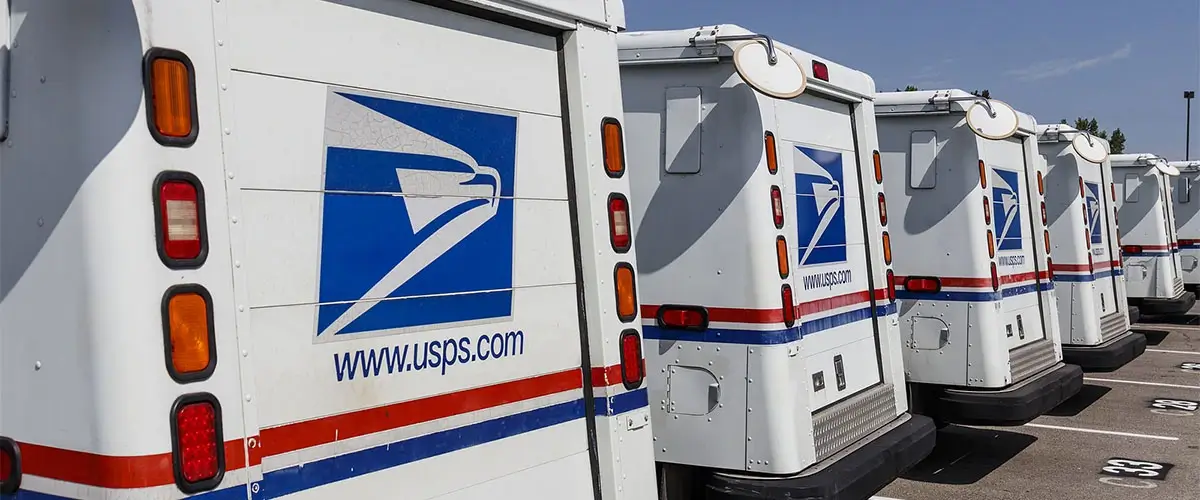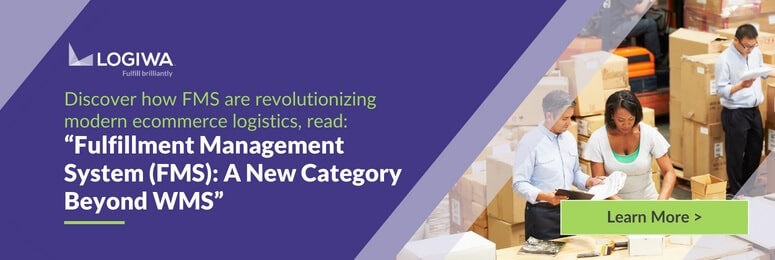Shipping Cost Calculator & How To Reduce Shipping Costs
Everybody wants fast delivery these days. But for your business logistics should you buy a fleet of Ferraris and helicopters to get there faster? Should you offer the shipping service for free? It all comes down to how much does it cost to ship a package vs. the business benefit. Of course, you want to provide the best service possible, but you have to protect your margins too.
In this article, we’ll take a close look at the main elements that affect shipping expenses as well as methods to drive those costs down to a minimum. Later, we’ll explore how to incorporate shipping into a larger business strategy to score even bigger wins for your company.
Contents
How much does it cost to ship a package?
Many factors must be considered for estimated shipping costs. There’s no single formula as every situation is unique. Still, once you learn about the variables, you can get a better handle on how to estimate costs. Here are the key areas you should know about.
Package Dimension Vs. Weight
A long time ago, shippers realized that package size was just as important as package weight. For this reason, most carriers use what’s called “dimensional weight”. This is calculated by multiplying the length x height x width of a package and dividing the result by a standard divisor.
Next, the dimensional weight is compared to the actual weight. The higher number is then used as the billable weight.
Shipping Distance
Obviously, the shipping charge depends on how far the items will travel. For example, the USPS uses shipping zones to calculate costs. The zones are based on increasing distance from the origin, not on any specific geographic area. The higher the zone, the greater the estimated delivery charge. Here’s the breakdown:
| Shipping Zone | Mile Radius (from origin) |
| Zone 1 (local) | 50 mile radius |
| Zone 2 | 51 – 150 mile radius |
| Zone 3 | 151 – 300 mile radius |
| Zone 4 | 301 – 600 mile radius |
| Zone 5 | 601 – 1000 mile radius |
| Zone 6 | 1001 – 1400 mile radius |
| Zone 7 | 1401 – 1800 mile radius |
| Zone 8 | 1801+ mile radius |
| Zone 9 | Freely Associated States |
Rate Tiers
Not all shipping pricing is the same as some carriers offer bulk discounts. For example, the USPS has three shipping tiers:
- Retail – For the everyday customer who ships once in a while.
- Commercial Base Pricing (CBP) – These rates are for commercial brands and are often included directly with inventory or shipping software accounts. The CBP rate is lower than retail.
- Commercial Plus Pricing (CPP) – These are the lowest USPS rates and become available when you reach a certain level of shipping over a certain period of time. Some logistic software accounts come with CPP included.
In a similar fashion,UPS offers different shipping options and rates for individuals, small businesses, and mid-to-large sized companies. FedEx also offers shipping deals for businesses, however, it’s not explained in detail on their website.
Both UPS and FedEx may require you to negotiate to get the best deals. For both, getting a better rate structure may require making shipments at standard rates until you reach a threshold.
Shipping Insurance
If you are shipping high value items, you may need to insure your shipments. That way, if the contents are lost or damaged, you will be reimbursed for some or all of the value. For example, UPS’s liability is limited to US$100 on packages with no declared value. You can declare a higher value, up to US$50,000 per package, by entering the declared value in the UPS shipping system used and paying an additional charge.
Some shipping insurance companies may offer discount rates when compared to the standard carrier insurance rates. Also, for items valued at more than US$50,000, you may want to insure them with a specialty insurer.
Shipping Speed
For every shipping provider, estimated delivery rates also depend on delivery time. The faster it is, the more it costs. For instance, 2-day shipping to Zone 1 can be accomplished by less expensive ground transport. If you ship to a more distant zone, however, it may imply more costly air freight fees.
Remember, speed doesn’t depend only on the carrier. If your warehouse isn’t well organized, even the fastest delivery service won’t make up for delayed product selection and packaging. Later, we’ll dig into this topic more and learn about ways to accelerate the process.
How To Reduce Shipping Costs
Calculating costs is only part of the picture. You also want to know how to minimize what you spend on shipping. Let’s see how.
Have the customer pay for some or all of the shipping
Paying for shipping can be done in a variety of ways. Some methods have the customer pay for all or part of the cost. Different shipping payment strategies include:
- Charge the total shipping amount to the customer up front.
- Your company pays for the shipping and offers it as a free service.
- Include part or all of the shipping in the cost of your product (works best for higher cost items).
- Have a minimum order amount to quality for free shipping.
Several factors enter into this decision. For example, even if you offer free shipping, a low cost $7 T-shirt buyer probably won’t buy a shirt for $12 (total of $7 shirt + $5 shipping). However, you might want to offer discounted shipping for the first order, even if it minimizes or eliminates profits. This strategy is useful if you think you can end up converting that first buyer into a long term customer.
Flat Rates
Carries such as USPS, UPS, and FedEx all offer flat rate services. Flat rates mean you have a variety of standard package sizes to choose from. It also means discounted shipping is applied. So if you don’t absolutely have to use your own packaging, flat rates may be a way to save on shipping.
Hybrid Services
Hybrid shipping services use FedEx and/or UPS in combination with USPS for residential deliveries. It works like this. The first leg of pick up and delivery is handled by FedEx or UPS. The last mile delivery is completed by USPS. Remember, it may take longer for this delivery method, but the savings can be significant.
Multiple Fulfillment Zones
Remember earlier when we mentioned shipping distance and zones? Well, if you have fulfillment centers in key areas, then your shipping estimates may decrease significantly. For example, if most of your orders come from the Los Angeles, New York, and Chicago areas, having a presence in these shipping zones means you can benefit from Zone 1 rates.
This approach might not be feasible for a smaller company on its own, but outsourcing fulfillment to a third party provider can let you leverage a larger distributed warehouse presence.
Take Advantage of Outsourced Logistics Shipping
Today’s reality is that customers are more demanding than ever. So even though you want to keep shipping expenses low, you need to deliver as fast as possible. One way many companies handle this is to hire a third party to help coordinate warehouse management, logistics, and delivery services.
This strategy can work in your favor in several ways. First, these solutions typically have integrated courier service. This means the process is streamlined from end-to-end which saves time. Also, the providers may already have agreements in place with parcel services, so the lowest rates are built in.
It all comes down to ROI
No matter what approach you take, the best shipping rates will depend on many factors. Even if you establish a method on your own, it will consume resources. Outsourced solutions can do the work for you, plus add other business benefits. So instead of thinking about shipping expenses in a vacuum, you should seek to optimize your entire supply chain.
For instance, software platforms can speed up your warehouse operations with advanced picking, packing, labelling, and storage methodology. This enables faster delivery, and improves your inventory efficiency. Plus, you can integrate ecommerce, billing, and client specific rules to further improve your backend performance.
End-to-End Business Thinking
If you think holistically about your business, your outcomes will improve. Shipping isn’t just a line item on your company budget. Instead, leverage it as another tool to help your business grow. Consider these stats:
- 41% of consumers are willing to pay an extra charge for same-day delivery.
- Beyond Amazon, 61% of U.S. and 68% of Canadian shoppers said free delivery is their top consideration for most purchases they make.
This means your shipping strategy can be a business differentiator and potential source of increased revenue. If you deploy the right tools and tactics, it can make a huge difference. In the past, only the largest brands could offer things like next-day shipping. Now, with the right technology, these advantages can be part of nearly any sized company strategy.
Ship faster than ever. Save on warehouse costs. Schedule a WMS demo today.






